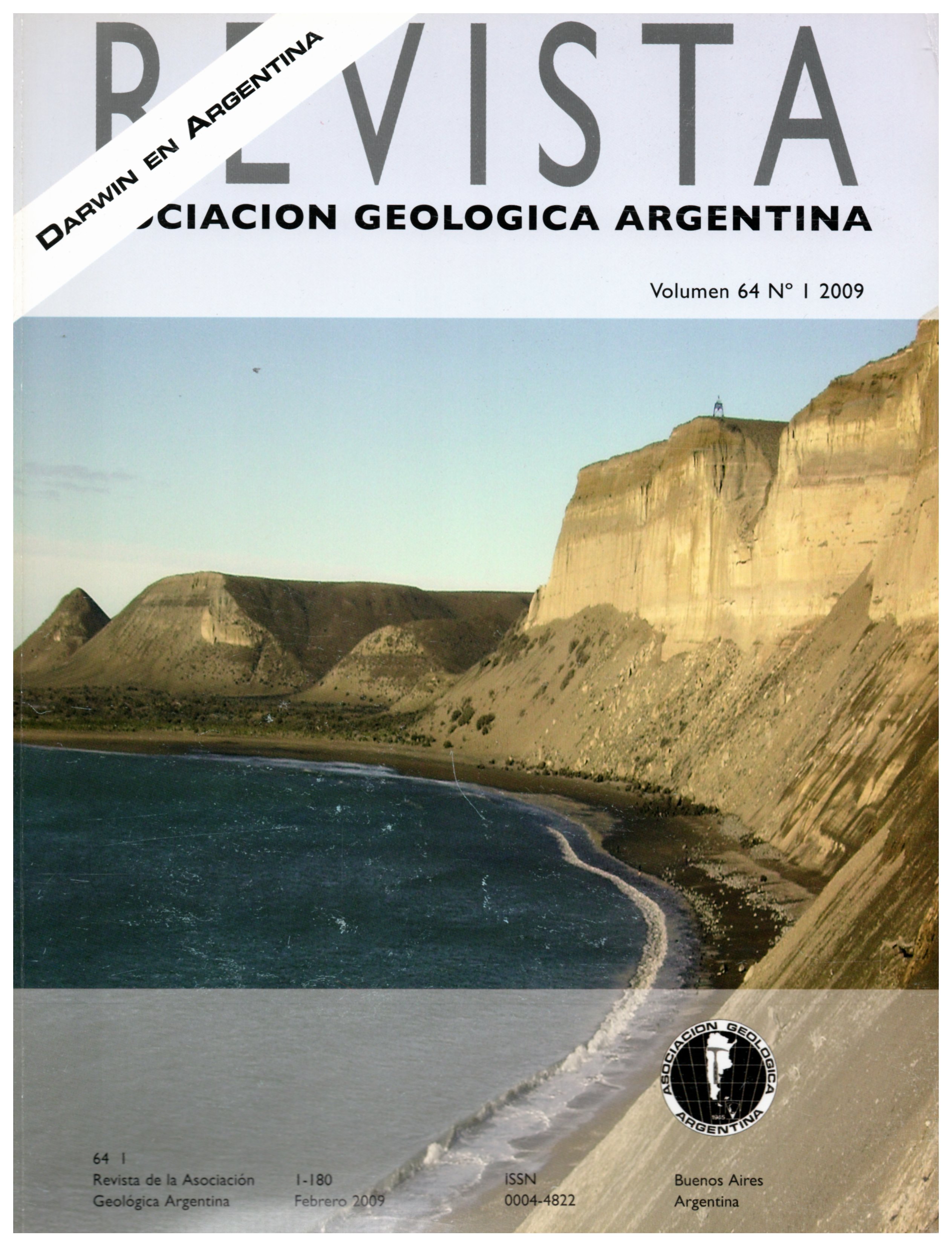On the formations of the Pampas inthe footsteps of Darwin: south of the Salado
Main Article Content
Abstract
In 1833 during his journey across the Buenos Aires Pampas, Charles Darwin made observations that reflected his thoughts on two major landscape units, Pampa interserrana and Pampa deprimida, later identified byother authors. Darwin grouped the Pampean sediments into a single unit, the PampeanFormation, based upon the lithological homogeneity and the large extensionof the deposits; the unit was thought to be of estuarine-marine origin and attributed to the Recent Epoch considering the paleontological content (vertebrates and mollusks). At present, the Pampean sedimentary succession, which accumulated approximately during the last 11-12 Ma, is interpreted as a pedosedimentary sequence due to the ubiquity of pedogenetic features throughout the deposits. Four main subcycles of sedimentation are identified related to reactivations of the Pampean landscape. At a regional scale, the outcrop distribution of Pampean sediments of different ages suggests the dominance of more stable conditions since the late Miocene-Pliocene in a vast area of Pampa interserrana, documented by the formation of calcretes. However, sedimentation during the late Pliocene-Pleistocene was active within the domain of the Salado tectonic basin and Sierras de Tandil. The regional disparity shown by the Pampean stratigraphic record reveals the major morphostructural differences of its basement.
Article Details

This work is licensed under a Creative Commons Attribution-NonCommercial 4.0 International License.
Nota de copyright
Los autores conservan los derechos de autor y garantizan a la revista el derecho de ser la primera publicación del trabajo licenciado según una licencia de atribución Creative Commons que permite a otros compartir el trabajo con el reconocimiento de la autoría y de la publicación en la que se publicó por primera vez.
Declaración de privacidad
Los nombres y direcciones de correo electrónico introducidos en esta revista se usarán exclusivamente para los fines declarados por esta revista y no estarán disponibles para ningún otro propósito u otra persona.

